These creatures are known to cause significant damage to a variety of plants, turning a once vibrant garden into a landscape of half-eaten leaves and stems.
Sowing Seeds of Healing: Therapeutic Horticulture and Physical Disabilities
Horticulture therapy is a time-tested practice that has shown considerable benefits for individuals with physical disabilities. By engaging in gardening activities, those facing physical challenges can experience improved mobility, pain management, and overall quality of life.
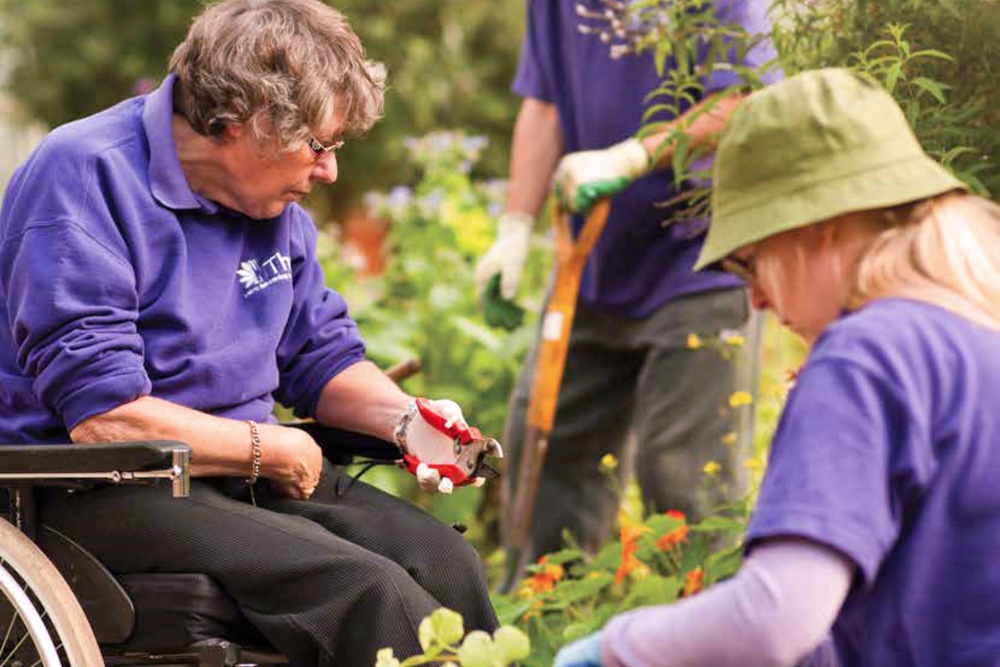
Therapeutic Horticulture and Physical Disabilities
Therapeutic horticulture refers to the engagement of people in plant and plant-related activities, especially when under the guidance of a trained professional, with the goal of achieving specific therapeutic treatment outcomes. This type of therapy can be an effective tool for rehabilitation and recovery from various physical disorders, as well as a way to deal with the stress of living with a disability.
The principles of therapeutic horticulture are rooted in its accessibility and adaptability. The therapy can be tailored to suit individual needs, abilities and interests, making it a versatile method of rehabilitation.
The Science Behind Horticulture Therapy
Gardening offers a myriad of physical benefits; it serves as a form of exercise, enhances fine motor skills, and promotes better coordination and balance. These activities can significantly improve the condition of individuals undergoing physical rehabilitation.
Research indicates that horticultural therapy can lead to improvements in muscle mass, strength, endurance, and flexibility. Furthermore, engaging with nature has been found to reduce stress levels, contributing to faster recovery and improved well-being.
Here are the findings of three relevant studies:
“The effects of social and therapeutic horticulture on aspects of social behaviour” (source): This study investigates the impact of social and therapeutic horticulture on aspects of social behaviour in individuals with various physical disabilities and cognitive impairments. The research problem was to examine the effects of social and therapeutic horticulture on this group since there is limited research in this area.
The methodology involved an experimental design where participants were exposed to horticultural therapy and their social behaviours were measured. The key findings suggest that social and therapeutic horticulture leads to various positive outcomes in adults with physical disabilities, such as improved social behaviour.
“Gardening and belonging: Reflections on how social and therapeutic horticulture may facilitate health, wellbeing and inclusion” (source): This research focuses on how social and therapeutic horticulture can facilitate health, wellbeing, and inclusion for people with learning disabilities, mental health challenges, and physical disabilities.
The researchers employed a qualitative approach, using interviews and focus groups to gather data. They found that social and therapeutic horticulture significantly improved the health, wellbeing, and sense of belonging in the participating individuals.
“Horticultural therapy: the ‘healing garden’and gardening in rehabilitation measures at Danderyd Hospital Rehabilitation Clinic, Sweden” (source): This paper explores the use of horticultural therapy, specifically the concept of ‘healing gardens’, for patients with physical disabilities at a rehabilitation clinic in Sweden. Using a case study approach, the researchers assessed the impact of the healing garden on the patients’ rehabilitation process.
The study revealed that the patients displayed improved physical and psychological health outcomes after engaging in the horticultural therapy program. Studies like these show promising results for the use of therapeutic horticulture in improving health outcomes, social behaviours, and feelings of inclusion in individuals with a range of physical disabilities.
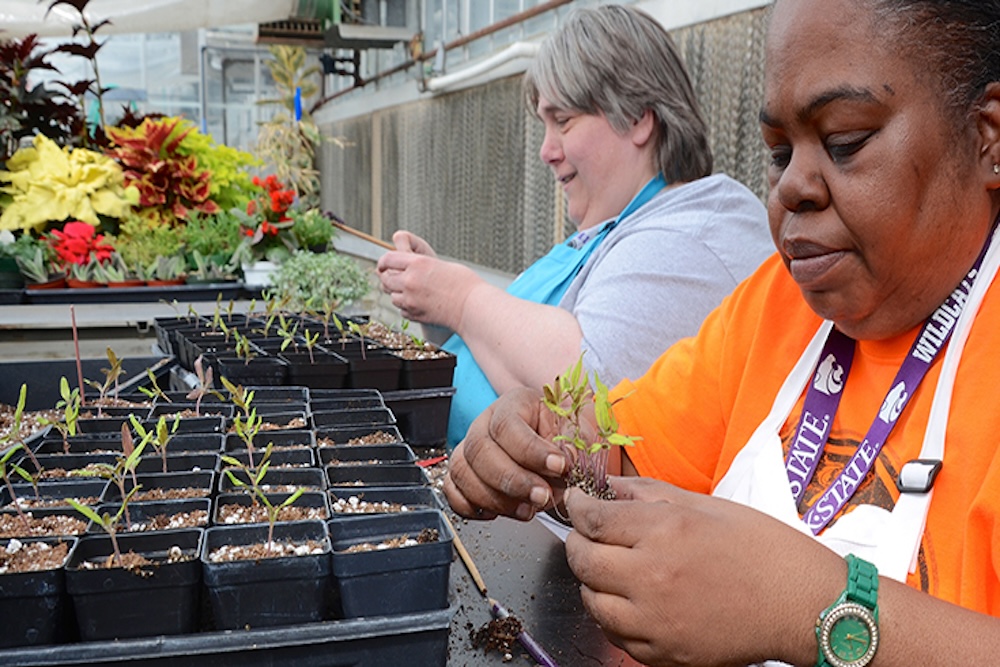
Therapeutic Gardening for Physical Disabilities
Therapeutic gardening offers broad benefits for individuals with various physical disabilities. Here are some specific examples:
- Geriatric Conditions: Simple gardening tasks can help improve motor skills and maintain healthy muscle tone in elderly people.
- Post-Surgery and Physical Rehabilitation: Horticultural activities can serve as gentle exercises during the recovery period.
- Osteoporosis: Light weight-bearing exercises like gardening can help increase bone density and overall strength.
- Respiratory Conditions: Though care must be taken due to potential allergens and respiratory risks related to plants, being outdoors can improve lung capacity and overall respiratory health.
- Chronic Pain: Gardening can distract from chronic pain and contribute to pain management strategies.
- Multiple Sclerosis: Gardening may help improve balance, fatigue and mobility issues associated with MS.
- Mobility Impairments: Accessible garden designs allow individuals with mobility impairments to undertake light exercise and stretching, thereby improving some people’s range of motion and strength.
- Spinal Injuries and People with Wheelchairs: Gardening can be tailored to the needs of the individual. If a person still has the ability to move their upper body, raised beds can be installed for easier access. If they have very little ability to move their body at all, people can still benefit from sensory activities in the garden such as watching and listening to birds and insects, smelling and tasting herbs, and feeling textures where possible.
- Strokes and Traumatic Brain Injuries: The repetitive nature of many gardening tasks, along with the creative nature of garden design, may provide beneficial therapy for those recovering from stroke or brain injuries.
Garden Therapy Techniques
Various techniques can be used in horticulture therapy for people with a range of physical disabilities. As mentioned previously, these techniques aim to improve mental wellbeing, motor skills, physical strength, coordination, and balance.
- Planting and Transplanting: This involves moving plants from one location to another, as well as growing new plants. It can help improve fine motor skills and hand-eye coordination. Propagation by seed or cutting, and even plucking succulent leaves and watching them grow roots can be incredibly rewarding, especially when you can watch the plants grow for a significant period of time.
- Pruning: This technique aids in enhancing physical strength, particularly in the upper body, and also assists in improving focus and precision. There are ergonomic pruners available for people with limited mobility or hand strength.
- Watering: Regularly watering plants can be therapeutic and calming. It also encourages responsibility and routine.
- Weeding: Removing weeds can be a physically intensive task that helps improve strength and flexibility. Make sure you’re encouraging good posture, as poor posture can lead to further back pain.
- Digging and Raking: More strenuous activities like these aren’t possible for everybody, but can enhance upper body strength in those who are capable of doing so. Again, ensure good posture is used and take regular breaks.
- Harvesting: The act of collecting fruits, vegetables, or flowers provides a sense of achievement and can boost self-esteem.
- Garden Design and Layout Planning: Stimulating cognitive function, this encourages creativity and problem-solving skills, as well as increasing self-esteem – especially when the garden is in a public space where others can recognise the improvements made.
- Potting and Repotting: This involves placing plants into pots. It’s an excellent way to improve hand-eye coordination and fine motor skills.
- Composting: Creating and maintaining compost heaps can educate individuals about recycling and sustainability. It also involves some physical work, which can assist in strengthening and mobility.
- Flower Arranging: This activity can be very calming and therapeutic, boosting mood and providing a creative outlet.
- Mulching: Applying mulch to the soil can assist with weed control and soil health. It’s also a good exercise for improving strength and endurance. This can be an intensive task, so it’s not for everybody.
- Tending to Indoor Plants: Caring for indoor plants can be a good option for those with limited mobility or access to outdoor space.
- Sensory Garden Activities: Designing and spending time in gardens with a variety of textures, colours, sounds, tastes and scents can provide sensory stimulation and offer a therapeutic environment. (read my sensory garden article here)
- Nature Crafts: Activities such as making wreaths, pressing flowers, or creating botanical art can be therapeutic and offer a sense of accomplishment.
- Walking around a garden: Simply walking, or moving, around the garden can improve balance and coordination.
Remember, the goal of these activities isn’t just the physical act of gardening itself, but also the therapeutic benefits they provide, including stress relief, improved mental health, and a sense of purpose and achievement.
Garden Accessibility for Physical Disabilities
Accessibility is a key factor when considering therapeutic horticulture for individuals with physical disabilities. Gardens should be designed with wide paths, raised beds, and wheelchair-friendly surfaces for ease of access. They should also have clear signage that’s easy to understand for people with intellectual disabilities.
Strategies for creating accessible horticulture therapy programs also include offering seated gardening activities, providing supportive gardening equipment, and ensuring all areas of the garden are reachable for everyone. The provision of ergonomic tools is also important, as tools that may be easy for you to use may not be so easy for others to use.
Garden designers and landscape architects can play a crucial role in creating accessible gardens. They can incorporate adaptive tools and design principles that cater to a range of physical abilities.
Implementing Therapeutic Horticulture at Home
Starting a therapeutic garden at home can be a rewarding experience. Begin with easy-to-care plants and gradually introduce more as your confidence grows.
Consider factors such as sunlight, soil type, and the amount of care each plant needs before making your selection. Some plants known for their therapeutic properties include lavender (for its calming scent), sunflowers (for their cheerful appearance), and various herbs (for their tactile and olfactory stimulation).
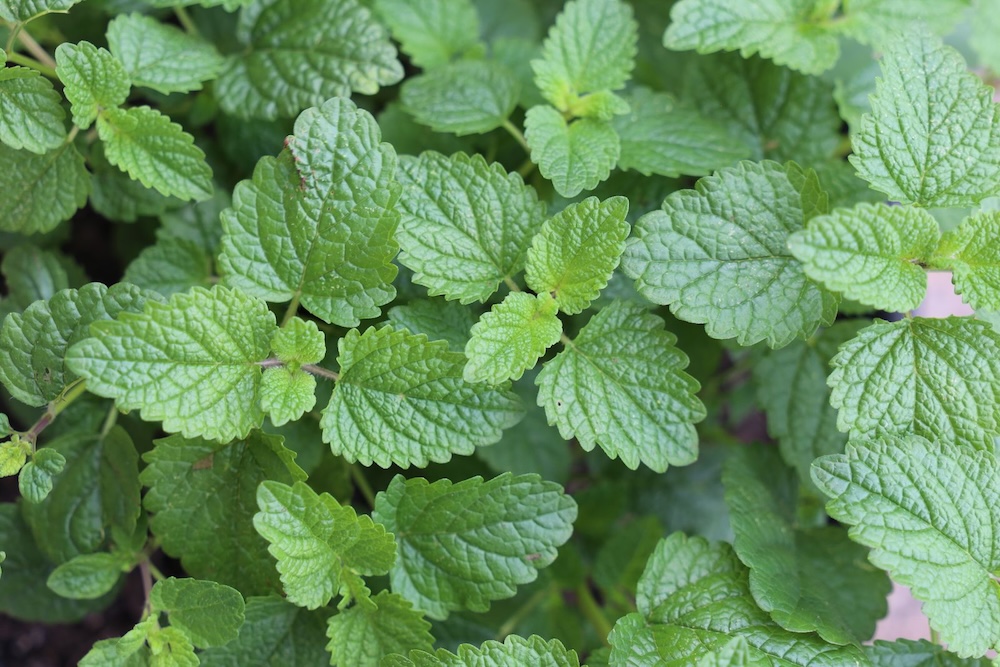
Daniel’s Wrap: Cultivating Resilience through Horticulture
Therapeutic horticulture offers a holistic approach to physical rehabilitation. It not only aids in improving physical capabilities but also contributes to psychological well-being.
By incorporating accessible gardening practices and promoting horticulture therapy, we can create inclusive environments that support recovery and resilience. Let’s sow the seeds of healing and reap the benefits of therapeutic horticulture together.

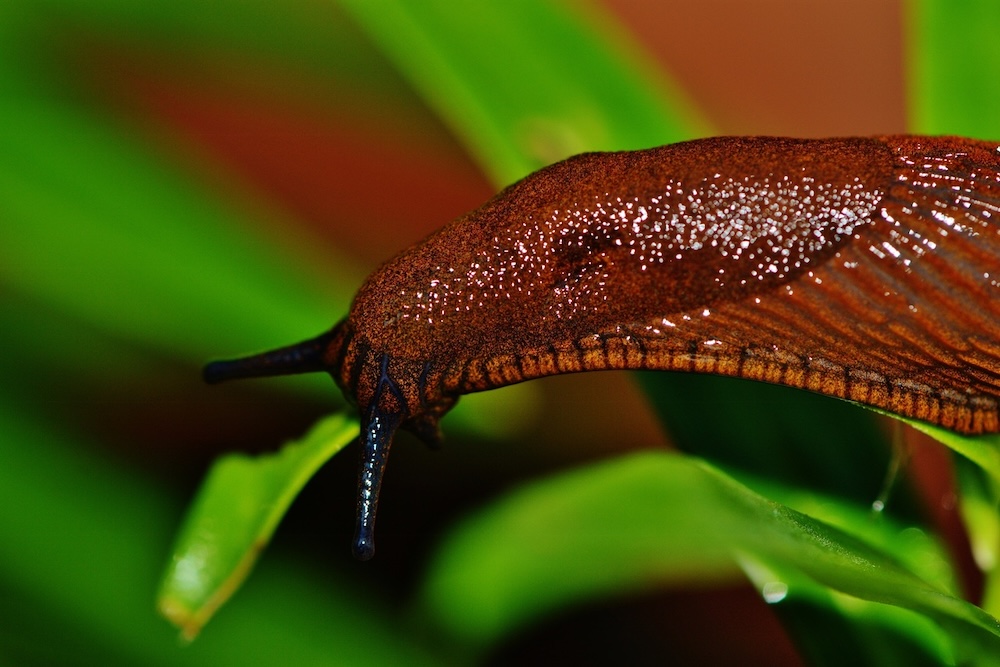
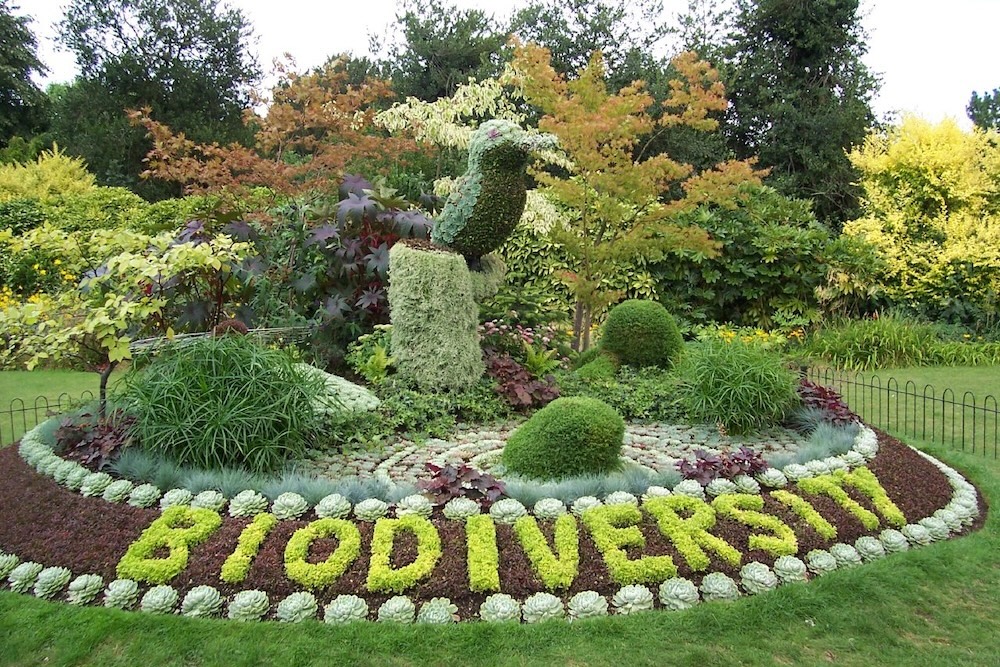
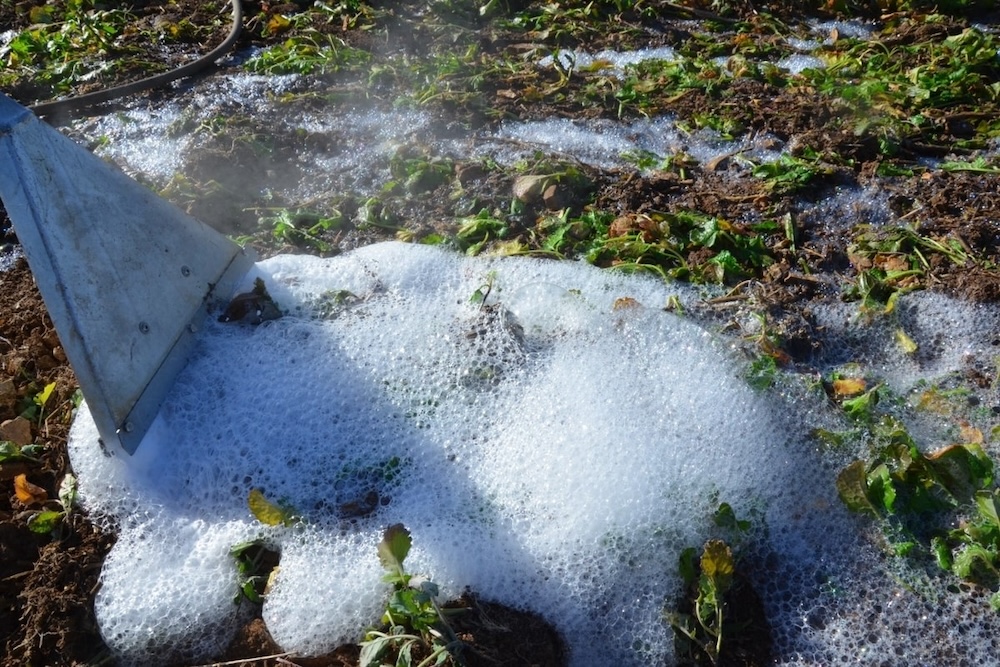
This Post Has 0 Comments